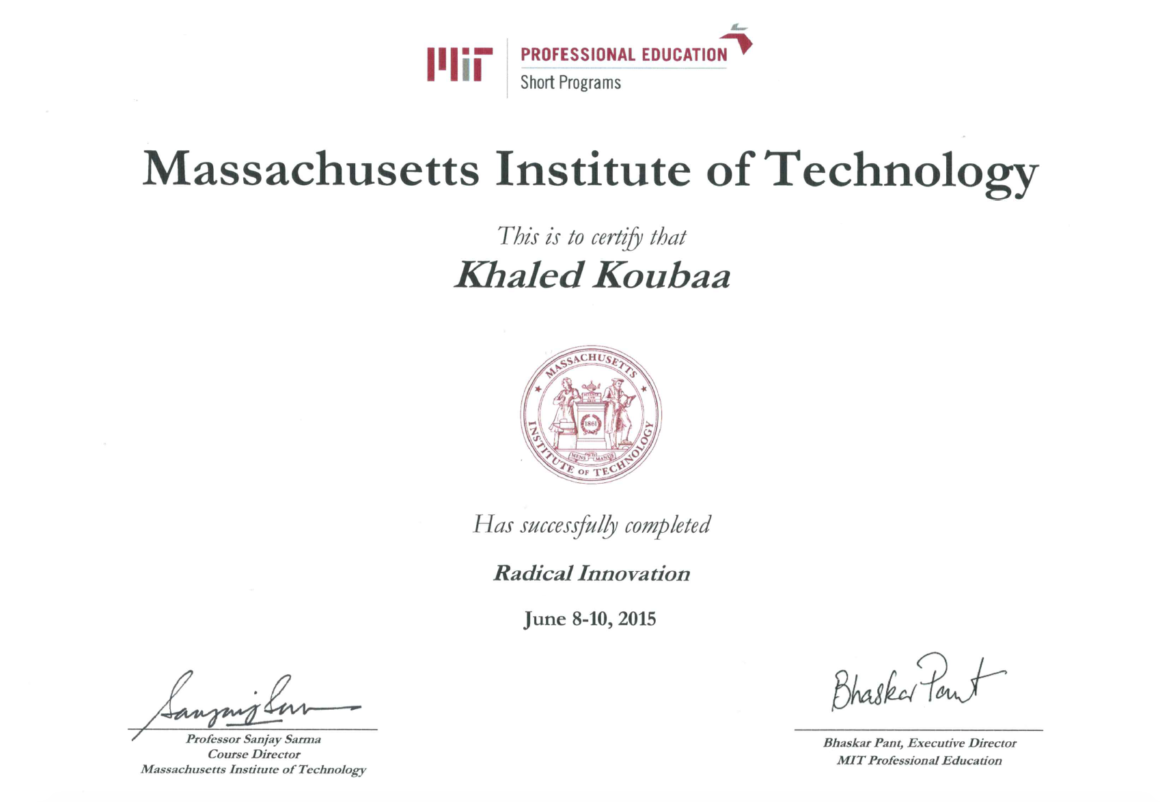I had the chance to attend the course Radical Innovation at MIT.
The term “innovation” has gone from an exotic good-to-have to a survival mechanism. But what does it mean? Where and how does one apply it? Does everyone need to heed the call for innovation? The answer clearly is “yes.” Whether you operate taxis or rental cars, whether you run a law firm or a dentist’s office, and regardless of how high-tech or mundane your work is, the irresistible winds of the change either already have or will at some point impact your business.
Three elements of modern technology are making new ideas appear at such an extraordinary place: the sheer rate of technical progress, the abundance of tools that are placing advanced technologies within the reach of new entrants, and the extraordinary opportunities created by convergence. Furthermore, technologies such as IoT, machine learning, computer vision, and robotics are impacting businesses in existential ways. Meanwhile, consumers have changed too, becoming much more open to new business models, whether it is the sharing economy or subscription retail. The objective of this class is to cover some of the salient features of innovation in the modern world and to lay out the philosophy, tools, procedures, and incentives that an organization can adopt to drive innovation.

Program:
Day One
Session 1: Why radical innovation and how to do it
1. Ocean liners versus speed boats
2. The theory behind innovation and creative destruction
3. Why it is difficult
Session 2: Managing creative destruction
1. Why it is inevitable
2. How to harness it
3. How to “invent”
Session 3: Rapid Launch/Fast Fail
1. Why failing fast is best
2. Zombies and preventing them
Session 4: Case Study
An exercise to get the juices flowing
Day Two
Session 5: Why Rapid Launch is easier than ever
1. The tools available to us
2. How to launch quickly
3. Why quick launch is essential
Session 6: Why innovation fails
1. The antibodies in companies
2. How to address them
3. Why startups succeed
Session 7: Trends in innovation
1. Big picture ideas
2. Trends that are shaping the world
3. Understanding where you fit
Session 8: Case Study
Applying the concepts
Day Three
Session 9: Walk and talk around MIT (time permitting)
Session 10: IP and innovation portfolios










